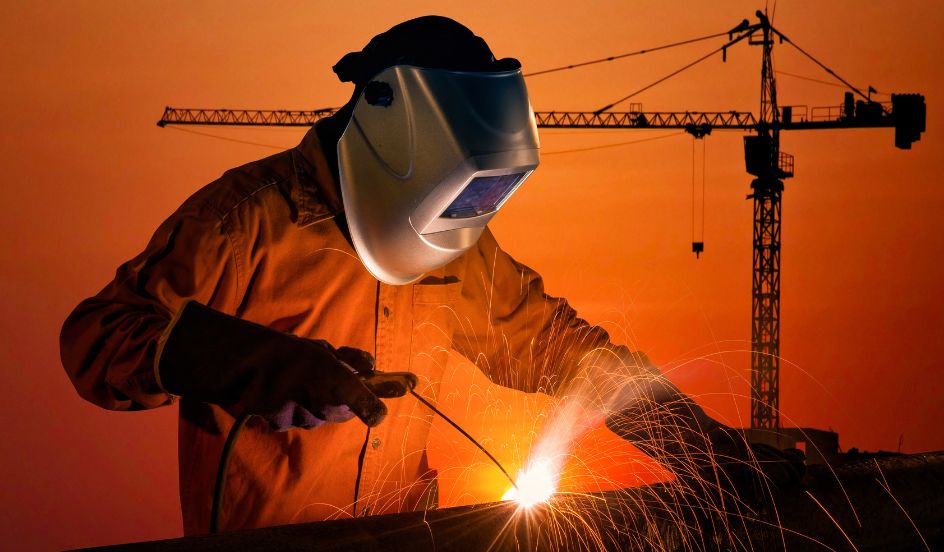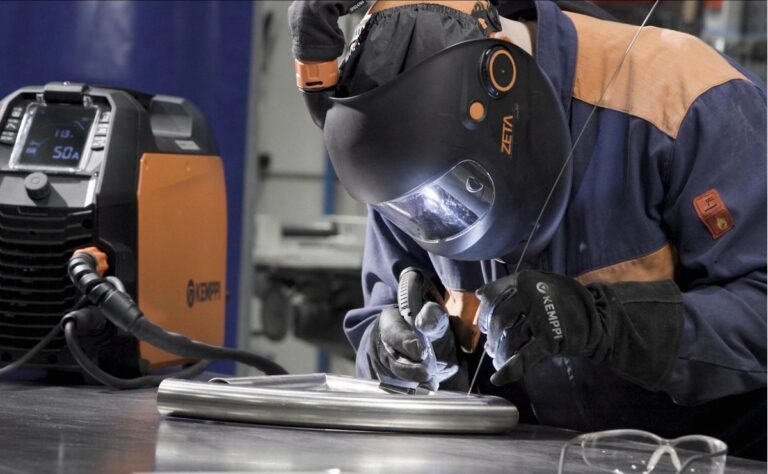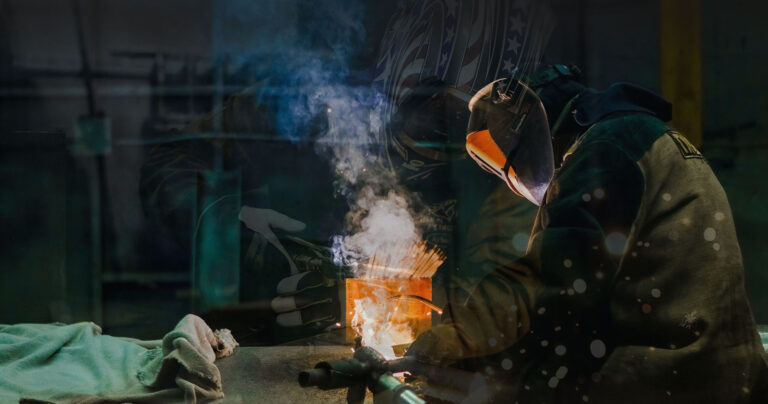Welding repair and fabrication are critical aspects of maintaining equipment, structures, and machinery across industries. However, when a part or structure is damaged, it can be difficult to decide whether to repair it or replace it entirely. Making the right decision not only affects the long-term cost but also impacts the performance and longevity of the asset. Here, we will explore the factors that should influence your decision between repairing or replacing welded components.
Understanding Welding Repairs and Fabrication
Before diving into the decision-making process, it’s essential to understand what welding repairs and fabrication entail. Welding repair refers to the process of fixing damaged or worn-out parts by fusing material to the damaged area. On the other hand, welding fabrication involves creating new parts or structures from raw materials using various welding techniques.
Cost Considerations
One of the first factors to evaluate when deciding to repair or replace is cost. Repairing a part may seem like the less expensive option initially. However, the repair may not last as long as a new part, which could lead to recurring repairs and higher cumulative costs. Additionally, you must factor in labor costs, equipment downtime, and the availability of materials.
In contrast, replacing the part may come with higher upfront costs, but it could provide better long-term value if the new part has a more extended lifespan and fewer maintenance needs.
Assessing the Extent of the Damage
The extent of the damage to the welded component plays a significant role in the decision. Minor cracks, holes, or wear can often be repaired quickly and effectively with welding. However, if the damage is widespread or affects the structural integrity of the part, replacement may be a better option.
In some cases, repeated repairs could compromise the quality and safety of the equipment, making it unsafe to use in the long run. Therefore, assessing the severity of the damage is crucial before making a decision.
Material Compatibility and Availability
Another factor to consider is the material of the part in question. If the damaged component is made from a material that is challenging to weld or repair, replacement might be a more viable option.
Additionally, if the material is no longer readily available, it could be more efficient to replace the part rather than attempt a repair that may not restore the part’s original strength and function.
The Lifespan of the Equipment
When deciding whether to repair or replace, consider how much longer the equipment is expected to last. If the machinery or structure is approaching the end of its useful life, investing in a replacement might be more cost-effective in the long term. A replacement part can extend the overall life of the equipment, reducing the risk of frequent breakdowns or performance issues.
On the other hand, if the equipment still has many years of service left, repairing the damaged part can restore its functionality without the need for a costly replacement.
The Impact on Operations
Downtime during the repair process can significantly affect operations, especially in industries where equipment is crucial to production. When opting for a repair, you need to consider how long the repair will take and whether it will disrupt operations. If the repair is going to take a considerable amount of time or require specialized skills, it may not be the most efficient option.
Replacing the part may take less time, depending on the availability of the new component. However, if replacement parts are not readily available, repairs may be the only option.
Safety Considerations
Safety should always be a top priority when dealing with welding repairs and fabrication. If the damaged component plays a vital role in the structural integrity of the system or equipment, it is essential to ensure that any repairs will restore its strength and safety.
If the welding repair cannot restore the part to its original strength or safety standards, replacement should be the preferred choice. Always prioritize safety over cost when making this decision.
Technological Advancements
In some cases, technological advancements can make replacement a better option. Newer materials, design improvements, or welding techniques may offer more efficient, durable, and cost-effective solutions. If you are replacing a part, opting for a newer version might provide improved performance, energy efficiency, and longer-term benefits.
In contrast, if you are simply repairing an older part, it may not take advantage of these advancements, potentially limiting its lifespan and performance. This is an important consideration when deciding between repair and replacement.
Making the Right Choice for Your Business
Deciding whether to repair or replace a component in welding is never easy. For businesses looking to make informed decisions, consulting with welding repair and fabrication experts can provide valuable insights and help ensure that the right choice is made.
Conclusion
It is essential to weigh all factors carefully when considering whether to repair or replace a damaged component. Taking the time to assess the situation thoroughly can help prevent unnecessary costs, improve equipment longevity, and ensure the continued safety and reliability of the equipment.





